- Home
- Child Safe Organisations
- Child Safe Standards
- ...
- Standard 10
Queensland's new child safeguarding law introducing Child Safe Standards commenced from 1 October 2025. Find out when you need to comply.
Policies and procedures document how your organisation is safe for children.
Staff and volunteers at all levels of your organisation need to understand their individual responsibility to ensure transparency of all aspects of service delivery in a child safe organisation.
This means your organisation’s policies and procedures should clearly prioritise the safety and wellbeing of children and adequately equip staff and volunteers with a working knowledge to identify and prevent harm.
Actions you can take to apply this Standard in your organisation
- embed the Child Safe Standards in your policies and practices
- make sure your policies and procedures are well-documented, accessible and easy to understand
- use best practice models and stakeholder consultation to inform the development of your policies and procedures
- have leaders who champion and model compliance with policies and procedures
- ensure your policies and procedures are well understood and implemented by staff and volunteers
- regularly review your policies and practices to ensure they prioritise children’s safety and wellbeing.
What if you’re a sole trader, small business or volunteer community group?
- learn about the Child Safe Standards
- look at the resources and training across our website, to help you meet the Child Safe Standards
- talk to other businesses that work with children and share knowledge about how you are becoming child safe and find out what they’re doing
- develop your key documents, or if you already have them, review them to ensure they are current
- engage with children, families and staff involved with your business about the effectiveness of your policies and practice
- update your documents so they are easily accessible, reflect equity and diversity, and are culturally safe
- make sure that documents can be located and understood by staff and volunteers and make relevant documents publicly available.
How does cultural safety look?
- assess cultural safety in your business or organisation and the actions you need to take to make improvements
- invite feedback from the Aboriginal and Torres Strait Islander children, families and communities your business or organisation works with.
Successful implementation looks like a business or organisation where:
- there is a clear understanding of and engagement with policy and procedure documents by staff, volunteers and stakeholders
- policies and procedures are accessed regularly by staff and stakeholders
- policies and procedures are easily accessible by everyone and reflect feedback provided by children and families involved with your business or organisation.
Further guidance
In addition to the information above, please find below some more specific resources that may be helpful for you to meet this standard. This is not an exhaustive list of the resources that are available but is a useful starting point.
There are some practices and activities that many organisations are already doing that will meet this standard. Some of these will be relevant across several standards. For example the development of a Child and Youth Wellbeing Policy could cover several requirements.
- The NSW Office of the Children’s Guardian has developed a video outlining the importance of policies and procedures in their work.
- The NSW Office of the Children’s Guardian Secretariat has created a video outlining Standard 10. (Whilst NSW and Queensland’s Standards have some differences, there are applicable messages).
- The Victorian Children’s Commission provides an overview of the types of actions and documents an organisation would have in place to achieve this standard.
- How to develop and update policies successfully (without the stress) from Child Australia provides guidance that can help you achieve this standard.
- The South Australian Department of Human Services provides guidance for developing a Child Safe Environments Policy aligned with the National Principles.
Visit our Resources webpage for more information.
Last updated
1 October 2025


